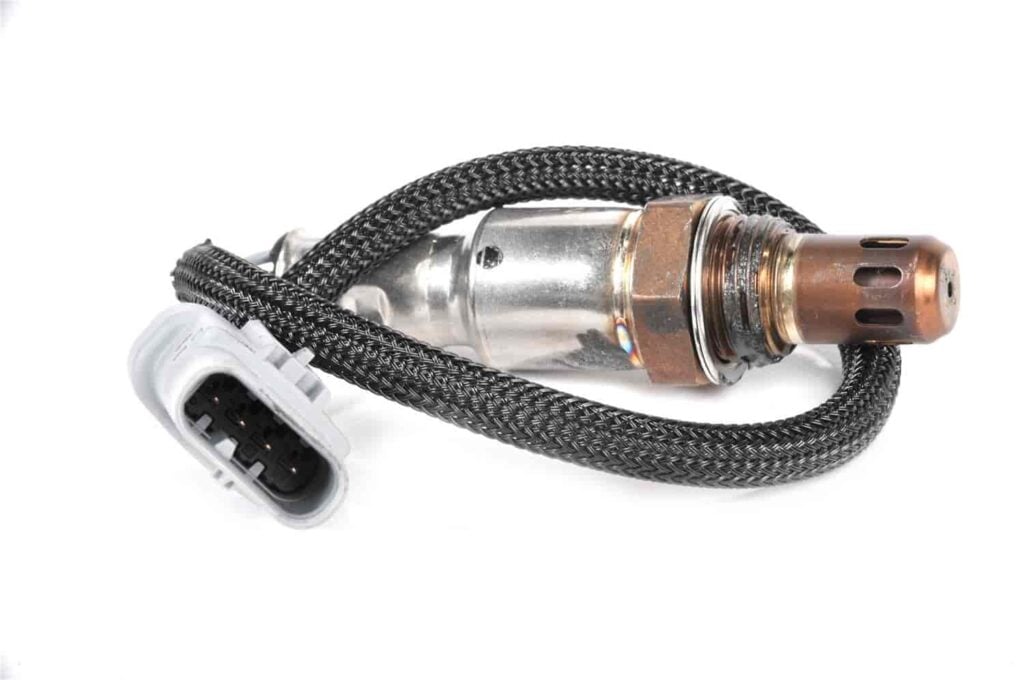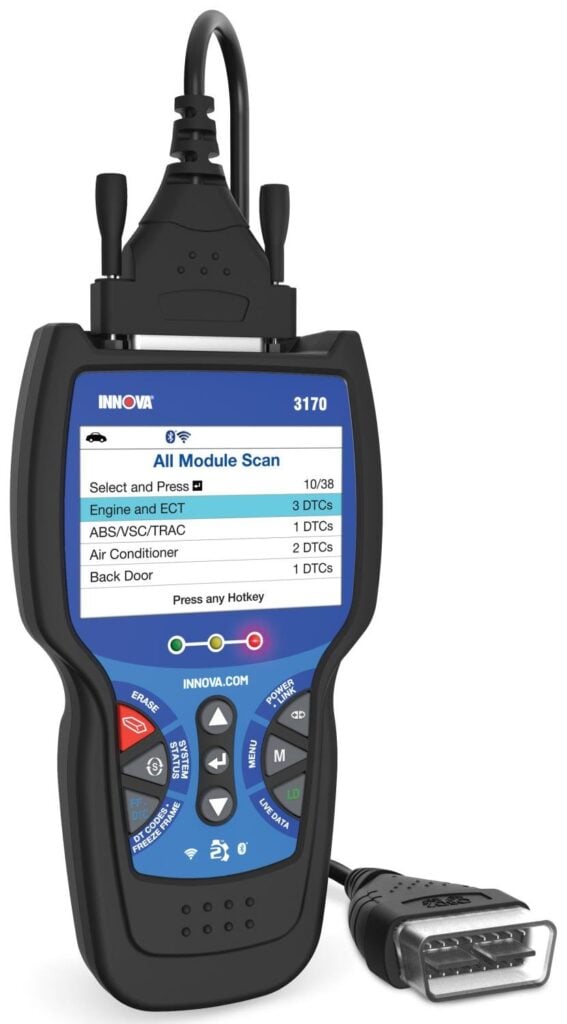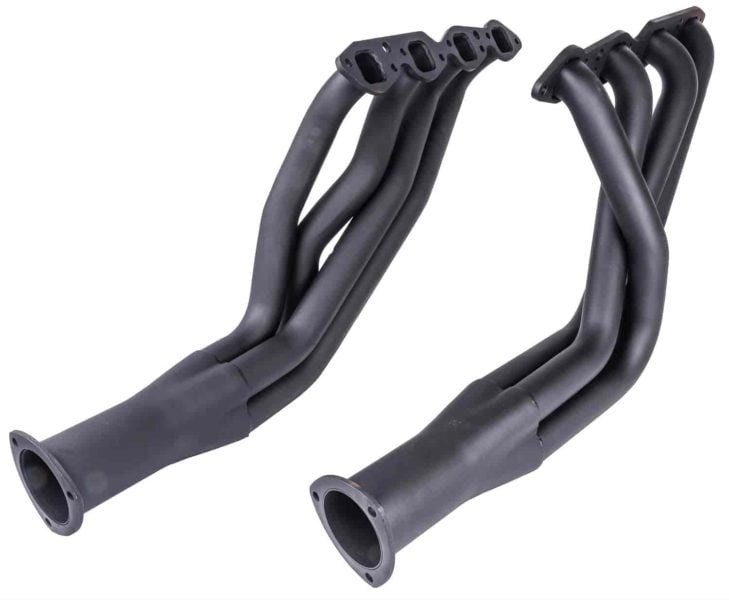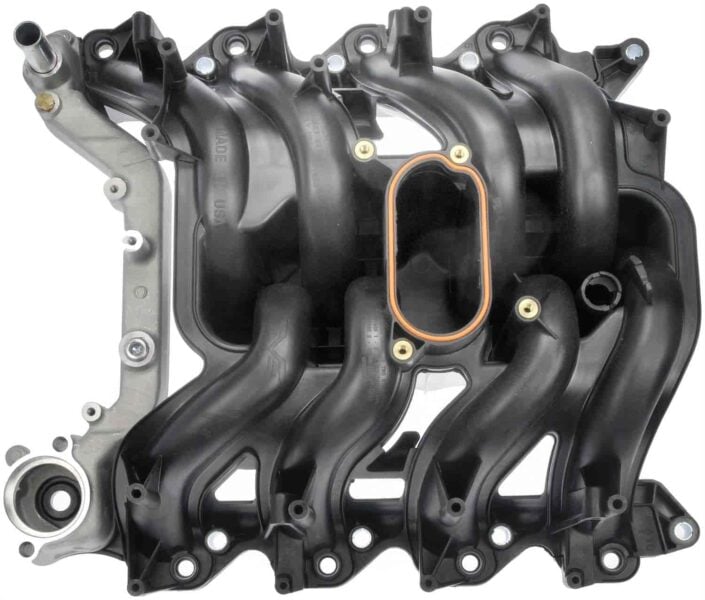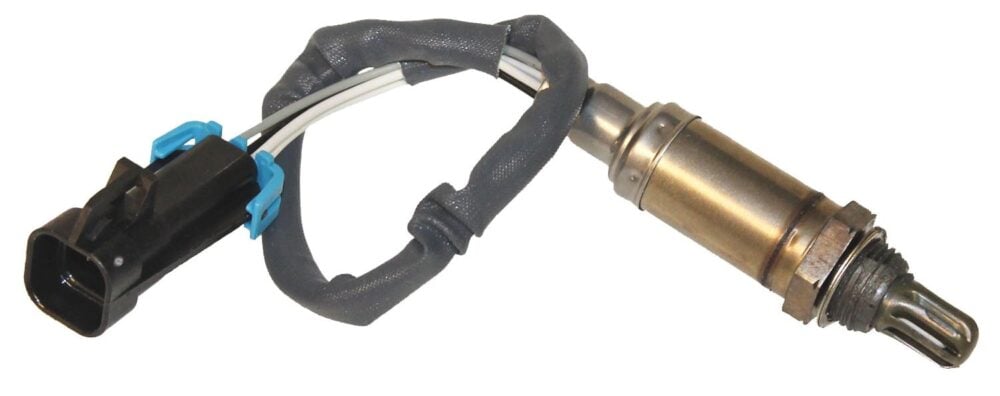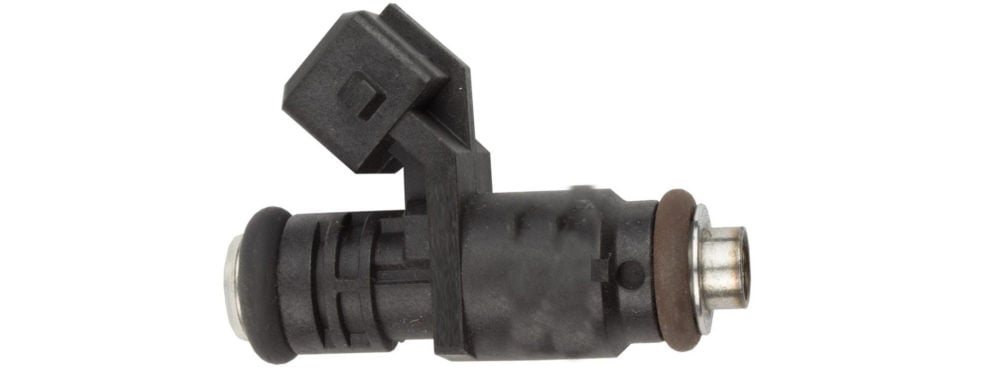Nobody loves seeing the Check Engine Light appear on the dashboard, but it's your vehicle’s way of showing you something is wrong. With an OBD-II scanner or help from a technician, you can read the code produced by the engine’s computer to identify the problem. If you’re dealing with a P0130 code and don't know what it means, don't worry; we have you covered.
We’ll take you through what the P0130 code is, what causes it, some of the common symptoms, and how to find the source of the problem.
What Is a P0130 Code?
A P0130 code represents a problem with the O2 sensor circuit in bank 1 of the engine, and it's the first sensor in this circuit. The sensor is typically located right before the catalytic converter and provides an oxygen reading for the ECU. Sensor 1 in the circuit is responsible for reading and reporting the amount of oxygen in exhaust fumes to the ECU so the air-to-fuel mixture can be adjusted, which is the sensor that triggers the P0130 code.
This reading is essential for a healthy air-to-fuel ratio, but if you have this code and a Check Engine Light, there is an issue with the sensor or the circuit. The code appears because the voltage reading between the ECU and circuit is not in the normal range of .1 to .9 (.1 is too rich, and .9 is too lean).
It's also important to note that Bank 1 is located on the side of the engine with the first piston in V-shape engines like a V6 or V8. However, inline engines only have one bank, so you don't have to worry about working on the correct side. Still, checking your owner's manual is good because some manufacturers may have different definitions of bank 1.
Other codes in this series, like P0133, indicate that the sensor does not have a fast-changing voltage output. One or all of these codes may appear on your OBD-II scanner.
What Are the Symptoms and Causes of a P0130 Code?
The most common symptom of the P0130 code is the Check Engine Light, but that's not enough to let you know it's a P0130 code, so you have to look a bit deeper and see what symptoms the Check Engine Light is paired with.
In the case of a P0130 code, you want to look for problems like a rough idle and poor engine performance, especially during acceleration. If the problem gets bad, your engine may even stall.
Aside from performance problems, other symptoms are more challenging to notice at first glance. For example, your fuel economy might suffer because your engine dumps too much fuel into the cylinders. You may also see black smoke coming from the exhaust system, and you may even fail an emissions test during inspection.
When it comes to the causes of a P0130 code, the most common problem is a faulty sensor. O2 sensors are notorious for failing before the engine dies, so it's not uncommon to have to replace them. If any of the sensors read out of their ranges, it can cause a P0130 code if they're part of the circuit.
Another common cause is a problem with the wiring. If the wires are burnt, charred, rubbed through, or not connected properly, it can trigger a P0130 error code. Too much or too little voltage can damage the circuit, wires, and sensor. Exhaust leaks, poor fuel delivery from the fuel pump or fuel injection system, and engine misfires can trigger a P0130 code. It's also possible for your engine’s ECU to be damaged, but that's a rare issue.
How Serious Is the P0130 Code?
When the Check Engine Light comes on the dashboard, it's always a cause for concern and not something you should mess around with. That said, some error codes are more dangerous than others. For example, a code might suggest a minor issue you can still drive with, like an issue with emissions. Code P0130 is not a fatal error code, but ignoring it can potentially damage your engine after a while.
What makes this code serious is the inconsistency of how fuel enters the cylinders and what this can do to your engine’s internals. First and foremost, it can damage your catalytic converter, which is expensive to repair or replace. Additionally, it can cause your vehicle to fail inspection.
How Easy Is It to Diagnose a P0130 Code?
Diagnosing code P0130 isn't challenging, but you need the right tools or help from a professional if you’re unfamiliar with code readers or working on an engine. If you plan on diagnosing the problem yourself, it's essential to connect an OBD-II scanner to your engine’s OBD diagnostics port; this can be found under the steering wheel for most vehicles. Then, read the code to see if you’re dealing with a P0130 code.
Once you have the code, you can start pinpointing what's causing the problem. Since this is a sensor issue, starting there is a good idea. Look at the sensor to see if it has any damage or is too dirty to function correctly. If the sensor looks fine, look at the wires connected to the sensor to see if they're melted or damaged in any way.
From there, it's time to move on to problems with other components that may be causing this code. Check the exhaust system for any leaks and check your fuel injection system to ensure it's functioning correctly; look for leaks, pressure issues, and clogging. If you need help fixing these problems alone, we always recommend working with a professional.
Dealing with a Check Engine Light and sensor problems isn't fun, but JEGS can help you say goodbye to these problems. Shop from a collection of some of the best parts in the industry to help you get back on the road fast. Plus, there are plenty of tools to help you replace and repair O2 sensors, fix EVAP leaks, and change wires.

